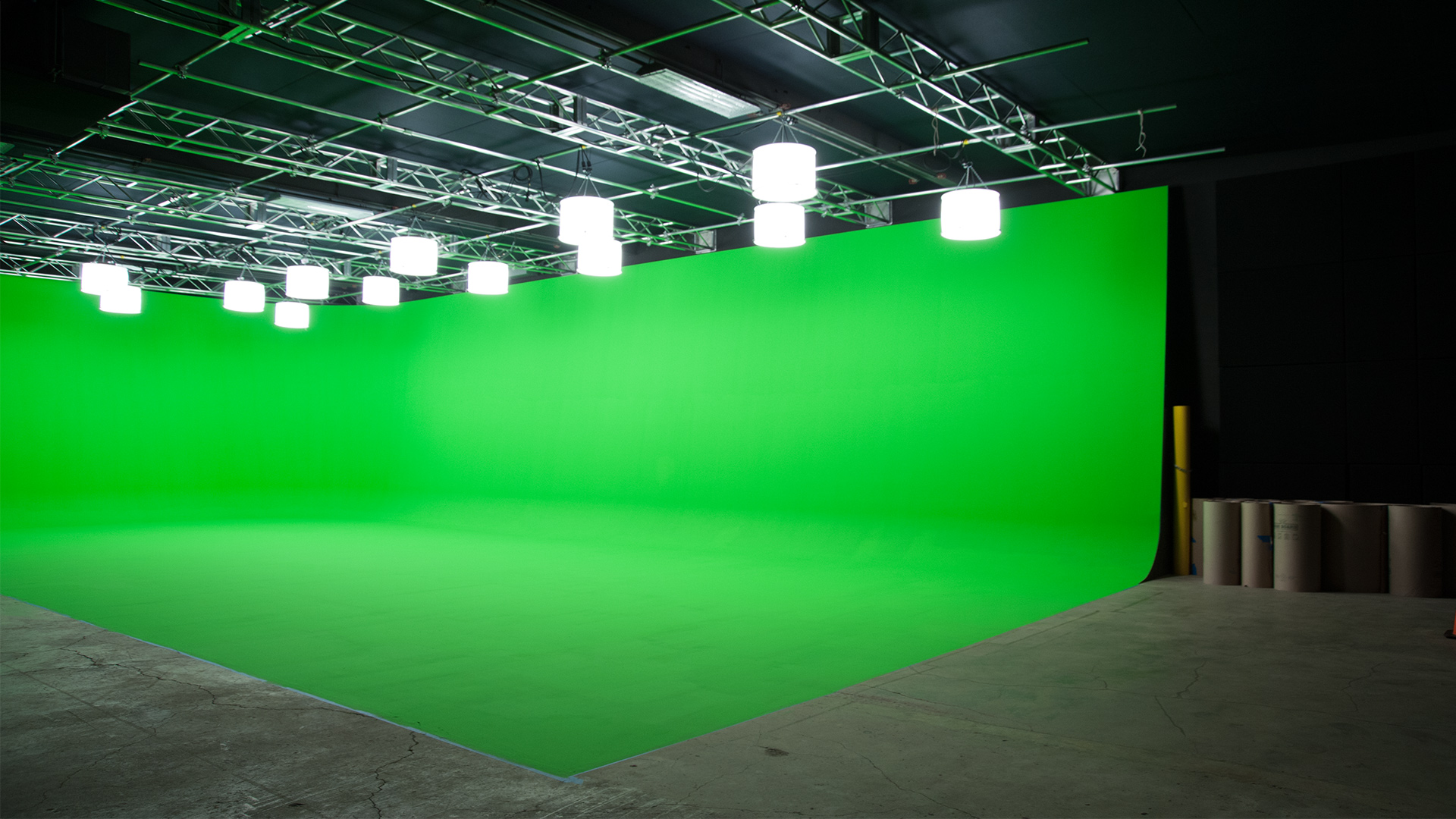

One is radiosity, the green or blue light that radiates off the screen onto nearby objects or people. When an actor stands in front of a large, intensely lit bluescreen or greenscreen, two factors come into play to create spill. This is the great problem of a simple chromakey, and it must be minimized on the set through lighting techniques. The difference is spill-reflected green or blue light from the background that appears on the foreground subject. The one you pick will depend on the keying hardware/software you use. You can take one or two distinct paths when lighting the background. Lighting the background properly can save you hours of needless frustration and problems. However, virtually any color can be used, including red and yellow.īy far, the first step in successfully lighting a Chroma Key project is the most important one.
#BEST LIGHTING SETUP FOR GREEN SCREEN SKIN#
Blue and green are the favorites because they do not appear in human skin tones, a color you can’t change very easily. Or you could use any other color that isn’t needed in the foreground.

If green needs to appear in the foreground, use blue. If the subject needs to wear blue shirt, use green. Is it green or blue better? The real issue is what color you need to have in the foreground. Attention to details is what makes the shot believable. However, for realistic shots, you need to know what the composited background will be and how the lights fall in it. Weatherman-style shots, in which informational graphics appear behind the host, really can be lit any way you want. Many chroma-key composites are intended to look fake and not simulate reality. If either one is off, no matter how clean the key is, the viewer will feel that something doesn’t belong to the scene. Both background and foreground need to use the same lighting angles and have the same perspective. Both setups are critical to the effectiveness of the final product – the background lighting for a successful composite and the foreground lighting to sell the integration of the subject within the composited background. There are two lighting setups for a chroma: one for the background and one for the subject in the foreground. In fact, inconsistency between foreground and background lighting is a major visual cue that will give away a composited greenscreen shot. However, the foreground should be lit very carefully in a manner that will match the composited background. This misunderstanding arises from the need to light the background evenly. The typical misconception is that greenscreen shots must be flat lit. The Green / Blue screen is a very fascinating element for all kind of media productions because it opens the way to a wide imagination and the creation of impossible shots. LIGHTING A CHROMA KEY (BLUE OR GREEN SCREEN)


 0 kommentar(er)
0 kommentar(er)
